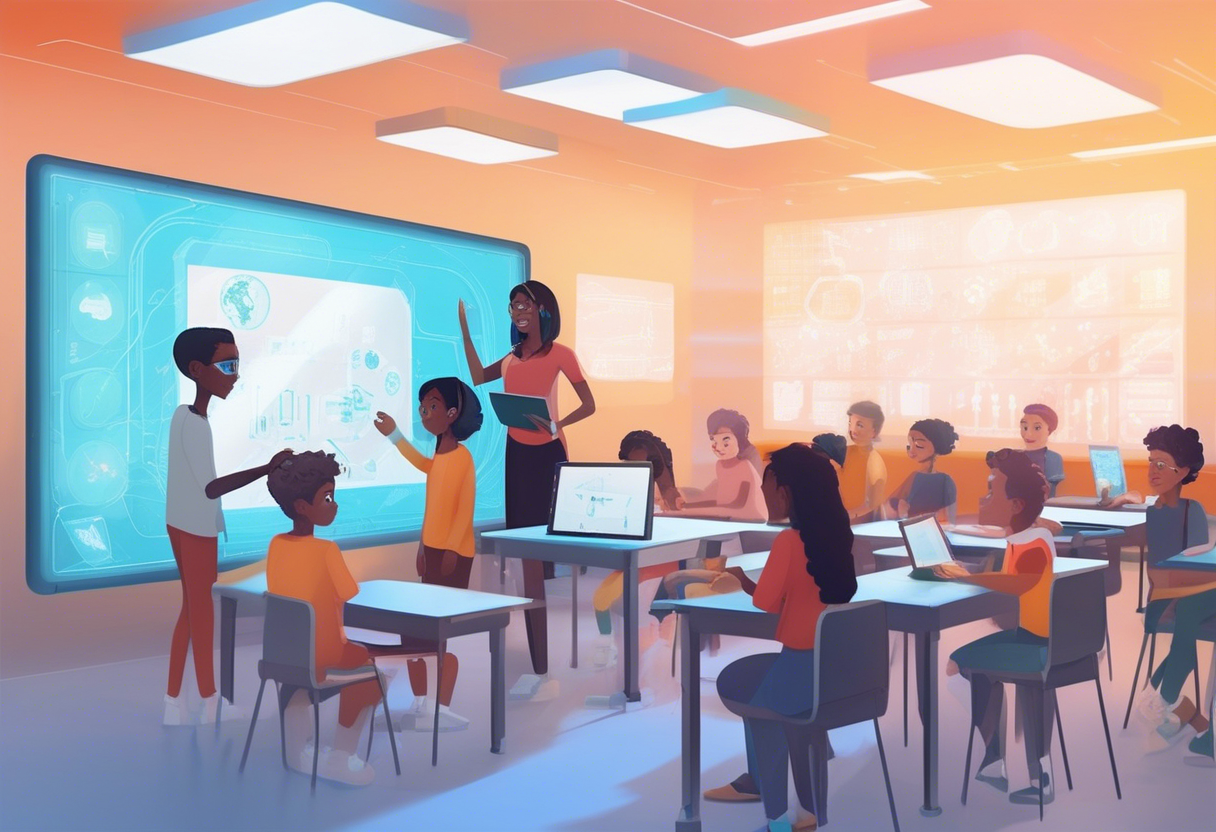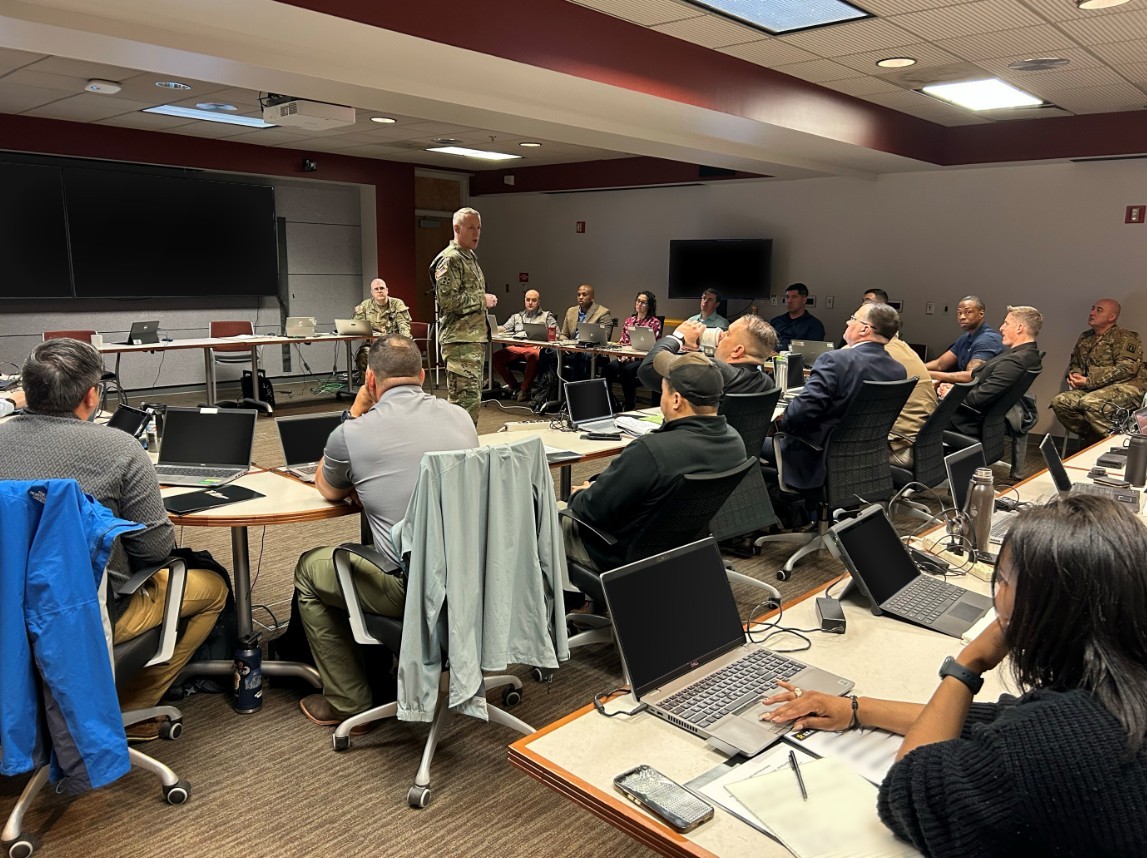
The world of digital tech is changing fast, and AI in the workforce is a big part of it. It's not just a trendy term—it's really changing how we think about education and technology. A study says AI might automate up to 40% of tasks in these fields by 2030. That's both exciting and a bit scary. It means big changes for teachers and tech developers alike. There are lots of challenges and chances here that we need to think about. This article will look at how AI boosts productivity and makes us rethink old ways of doing things. We'll see how AI could make education more accessible, but we'll also talk about the ethical and practical issues we might face. So, let's take a closer look at how AI, education, and technology are working together and what that might mean for the future.
Summary: This article explores the impact of AI on workforce transformation, particularly in education and technology sectors. It discusses how AI-driven innovations are reshaping job roles and skill requirements.
AI-Driven Workforce: Transforming Education and Technology
Understanding the AI-Driven Workforce
What is the AI-Driven Workforce?
An AI-driven workforce integrates AI technology with learning and work processes, transforming skill acquisition and job performance. This shift moves away from traditional methods, with AI assisting in every stage—from personalized training plans to hands-on learning experiences like internships. These AI tools customize training to meet individual needs, enhancing both technical skills and soft skills such as analytical thinking and adaptability.
Agentic AI plays a crucial role in this transformation, enabling HR professionals to focus on emerging skills and adapt training to align with business requirements. This approach enhances learning efficiency, identifies skill gaps, and allows educators to provide targeted assistance. AI-driven methods promote lifelong learning, aligning skills with organizational demands through intelligent predictions and digital badges, thereby increasing employability and strategically developing talent.

Evolution of AI in Education
The integration of AI in education has evolved from experimental stages to becoming a significant component of learning systems. Globally, nations are implementing policies to incorporate AI into education, emphasizing a skills-focused system with work-based learning experiences like apprenticeships. In the U.S., recent federal initiatives are advancing AI education from K-12 to job training, including AI apprenticeships to prepare individuals for future roles.
A notable example is the U.S. government's 2025 executive order, which aims to infuse AI education into K-12 curricula and establish AI apprenticeships. This order exemplifies how policies are adapting to support AI-driven workforce development, ensuring that education keeps pace with current job market demands.
Opportunities Presented by the AI-Driven Workforce
Benefits of Personalized Learning and Training
Agentic AI facilitates training that aligns with business needs, promoting active learning and engagement. AI tools enhance both technical and life skills, such as analytical thinking. Tools like AI study aids assist tutors in guiding students more effectively, improving learning and retention.
For instance, students utilizing AI in eTextbooks demonstrate increased engagement and enhanced critical thinking skills. AI-driven personalized learning adapts content to individual needs, ensuring appropriate challenges and support, thereby boosting engagement and outcomes.
Boosting Efficiency and Productivity
AI accelerates training, making learning faster, more cost-effective, and better aligned with industry requirements through digital tools. Generative AI is reshaping entry-level IT roles by altering skill requirements and tasks, enhancing work efficiency.
Research by Cisco highlights how AI tools are transforming roles like cybersecurity analysts by automating routine tasks. This not only increases productivity but also enhances accuracy and reduces costs, enabling humans to focus on complex tasks.
Closing the Education-Workforce Gap
AI plays a pivotal role in bridging the gap between education and the workforce. Work-integrated learning, such as apprenticeships, is increasingly prevalent, better preparing students for employment. Educational institutions and industries collaborate to create pathways that address local talent needs and align skills with job demands.
Community colleges are instrumental in workforce development, combining education with work-based learning and AI career programs. States with AI career programs in community colleges exemplify efforts to bridge education and workforce gaps, maintaining a competitive workforce.